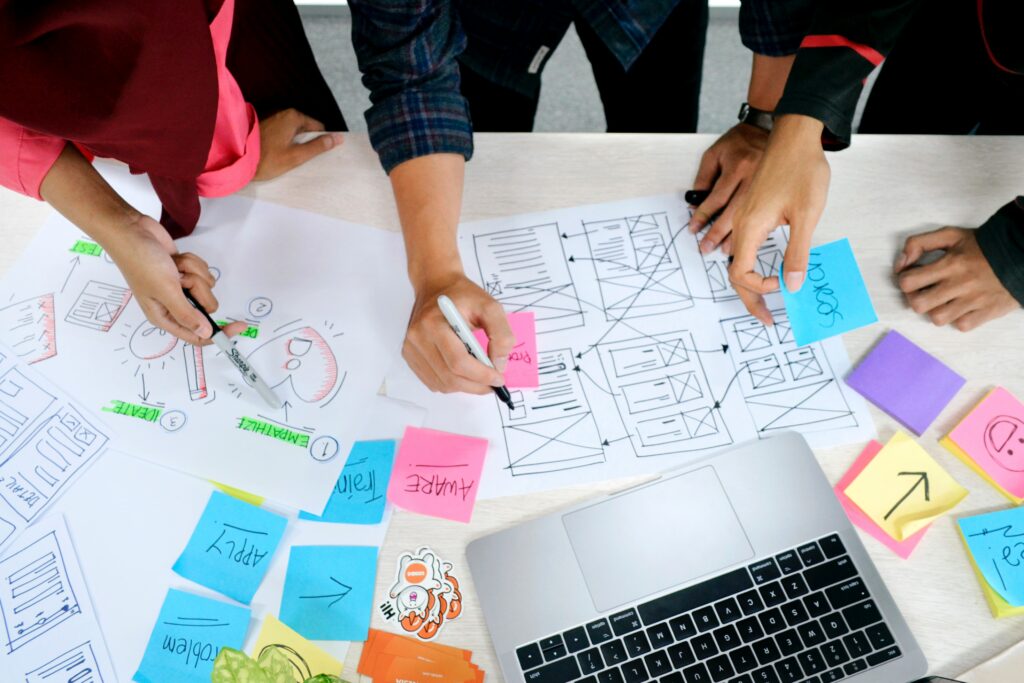
For this week’s blog post, I would like to focus on the following two questions:
- How will your interactive learning resource specifically ensure that the needs of all learners can be met?
- Consider the learning environment for your current design. What potential barriers can be reduced or eliminated to provide more pathways for learner success?
How will your interactive learning resource specifically ensure that the needs of all learners can be met?
To ensure that the needs of all learners can be met within my group’s interactive learning resource, we decided it would be good to take a universal design for learning approach.
Within universal learning design (UDL), curriculum designers try to remove barriers from the curriculum rather than trying to create equality for all learners from the learner’s perspective. As mentioned in this week’s readings, the core tenet of UDL is “what is essential for some is almost always good for all” (Meyer et al. 2014). This statement resonates well with our learning resource because we plan to offer the resource online and asynchronously thus, it is harder for us to adapt to what individual learners might need to best support their learning. Therefore, reducing as many barriers as possible for all different types of learners is one of our goals while we design our resource.

Consider the learning environment for your current design. What potential barriers can be reduced or eliminated to provide more pathways for learner success?
The main barriers my group and I identified with our resource included: having only one type of resource for learners to learn from, and having difficulty accessing our resource.
To address the barrier of having only one type of resource to learn from for each topic, my group and I decided that we should provide the learner with a video and a reading which are essentially equivalent content-wise, for each subtopic within our curriculum. We also plan only to use videos which have closed captioning enabled. Removing this barrier not only supports those who are hearing impaired but also allows those with different learning styles to also have multiple options for the type of medium they would like to learn from. This change fits in the “providing multiple means of representation” (CAST, 2018) aspect of the three core principles of the UDL, specifically within the perception aspect of the learning guidelines.

The other barrier we identified was that our learning resource was heavily web browser-based. It could be difficult for users to access it if they don’t have reliable access to a computer. Our project uses Google Colab, which is compatible with mobile phones, but as another option to the user we also decided we would like to provide a PDF version which the user can print out and work on as a hard copy. This takes away some of the interactive elements (in terms of learner feedback) but allows users without a reliable internet connection to also use our resource. This eliminates the barrier of needing to have access to a computer. This also fits within the “Providing Multiple Means of Action & Expression” (CAST, 2018) core principle of UDL, especially within the access section of the learning guidelines.
Hopefully, by implementing the changes outlined above, our interactive learning resource will be closer to fitting within the UDL guidelines and, as a result, be accessible to a wide variety of learners.
Sources:
CAST (2018). Universal design for learning guidelines version 2.2 [graphic organizer]. Wakefield, MA
Meyer, Anne, et al. Universal Design for Learning: Theory and Practice. CAST Professional Publishing, an Imprint of CAST, Inc., 2014, UDL Theory Practice, retrieved from: udltheorypractice.cast.org/
Hi Liam, great blog post! I really enjoyed your take on inclusive design for your interactive learning resource, such as only incorporating videos with closed captioning enabled or providing PDF versions for those without reliable computer access. I believe this will eliminate a wide range of potential barriers for learners.
I think the barriers you raised are also the problem we have encountered. We also access a web browser, and sometimes it is difficult to achieve stable access. For some sites, we can’t achieve compatibility, which affects our learning experience. However, UDL is a good solution, and we can adopt interactive learning methods to get better classroom performance.
Hi Liam! Great job analyzing your learning resource through the UDL lens and suggesting strategies for improvement! It’s a good idea to provide both a video and a reading; so students can choose the media that best works for their learning.